
Worldwide, millions of people suffer from arthritis, which causes pain, stiffness, and reduced mobility. While often viewed as a single disease, the malady encompasses over 100 different types, each with its unique triggers and manifestations. Effective management and treatment require an understanding of the underlying causes. In this guide, we delve into the multifaceted origins of this ailment, shedding light on the diverse factors that contribute to its development.
Genetic Predisposition

Individuals with a family history of arthritis are more susceptible to contracting the condition. Specific genes associated with it, such as certain variants of the HLA gene complex, can increase the risk of autoimmune arthritis, such as rheumatoid arthritis (RA) and ankylosing spondylitis.
Autoimmune Dysfunction
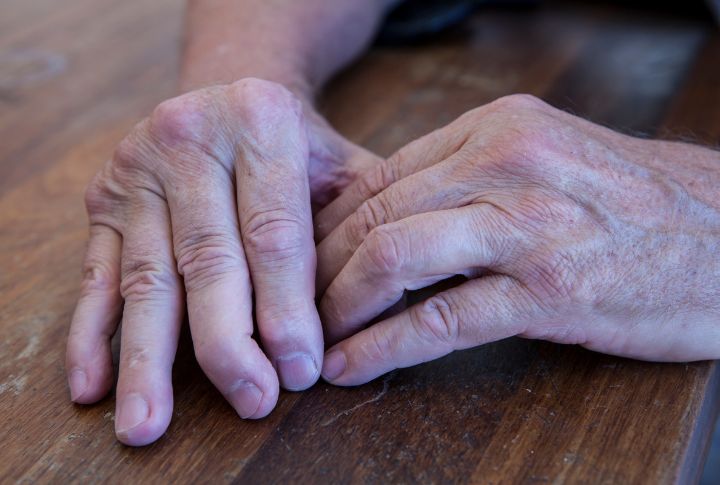
Autoimmune arthritis occurs when the body’s immune system mistakenly attacks joint tissues, leading to rawness and joint damage. When it gets worse, it can cause severe fatigue and, in some cases, disability.
Inflammatory Response
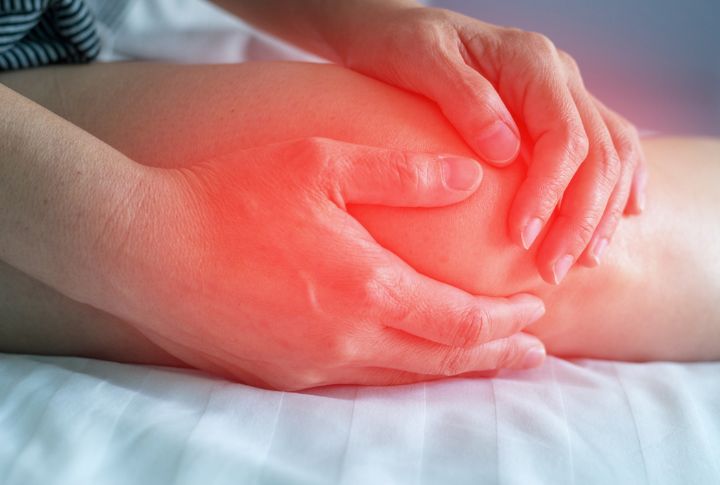
Chronic inflammation is a hallmark feature of many diseases. Inflammatory arthritis, e.g., RA and psoriatic arthritis, involves an overactive immune response that triggers joint inflammation. It can be caused by infections, environmental triggers, and dysregulation of inflammatory pathways.
Joint Injury and Overuse

Physical trauma or repetitive stress on the joints contributes to the development of this condition. Athletes, manual laborers, and persons with physically demanding occupations are at higher risk of getting osteoarthritis due to joint overuse and mechanical wear and tear. Additionally, traumatic injuries, like fractures or ligament tears, can predispose individuals to post-traumatic arthritis.
Metabolic Factors
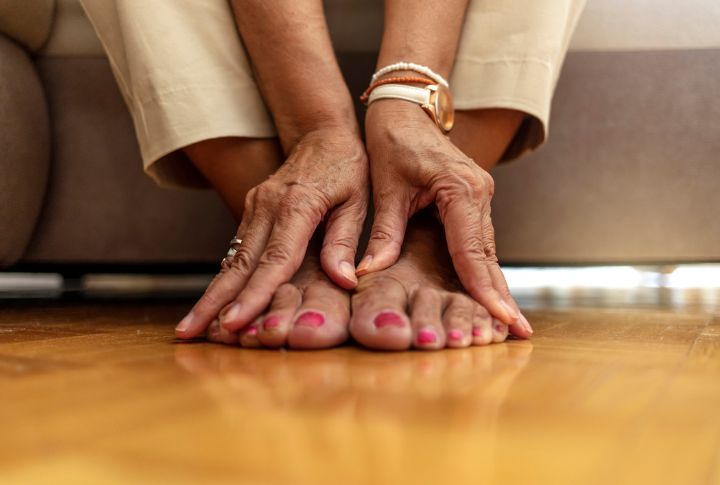
Metabolic arthritis, notably gout and pseudogout, results from accumulating crystals within the joints. At the same time, pseudogout is characterized by calcium pyrophosphate crystal deposition. Metabolic disorders such as obesity, diabetes, and kidney disease can exacerbate these conditions.
Age-Related Changes
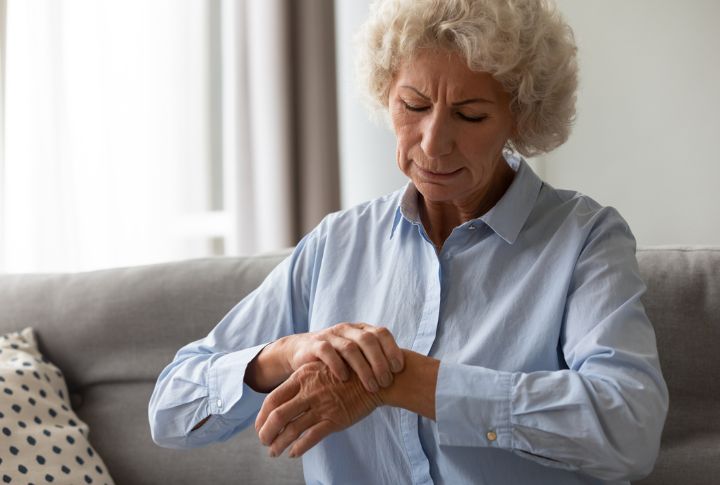
Aging is a significant factor for this ailment, particularly osteoarthritis. As people age, the cartilage cushions the joints and undergoes natural degenerative changes, leading to joint deterioration and osteoarthritis. The condition is aggravated by age-related hormonal changes and reduced joint resilience.
Environmental Triggers

Environmental elements, like smoking, pollution, and specific occupational exposures, can influence the risk of contracting this malady. Additionally, exposure to silica dust, asbestos, and other toxins can trigger joint inflammatory responses.
Infectious Agents

An infection in another body part can sometimes cause reactive arthritis. Bacterial, viral, and fungal infections, including sexually transmitted diseases like Chlamydia and gastrointestinal infections like Salmonella or Campylobacter, can precede reactive arthritis in susceptible folks.
Maintain a Healthy Weight

Excess weight can stress joints, especially knees and hips. Maintaining a healthy weight can decrease the possibility of developing the disease.
Stay Active

Regular exercise helps keep joints flexible, strengthens the muscles around them, and improves overall joint function. Aim for cardio exercises such as walking, swimming, or cycling, paired with strength training exercises to keep joints healthy and hearty.
Protect Your Joints
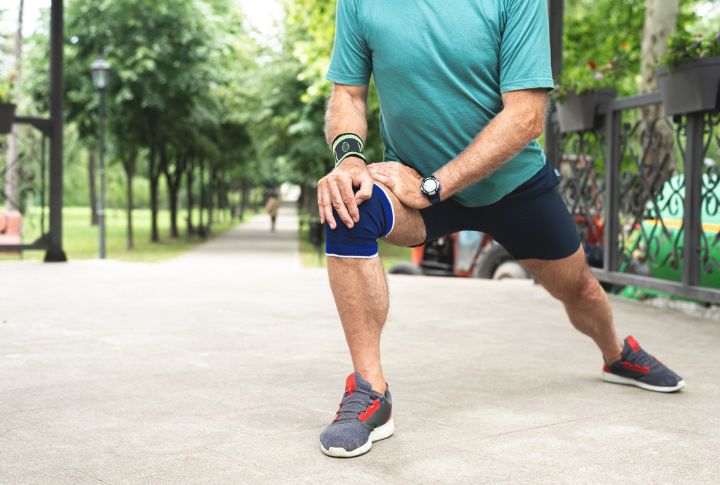
Proper techniques are essential when lifting heavy objects or performing physical tasks to prevent repetitive motions that strain the joints. If you enjoy sports or activities that stress joints, using protective gear or equipment is an excellent idea to reduce the risk of injury.
Eat a Balanced Diet

The chances of developing this condition can be reduced by eating fruits, vegetables, whole grains, and healthy fats. Certain foods, such as fatty fish (e.g., salmon, mackerel) and nuts, contain omega-3 fatty acids with anti-inflammatory properties, decreasing rawness.
Quit Smoking

There is a proven correlation between smoking and a higher chance of developing rheumatoid arthritis. Additionally, smoking can exacerbate the symptoms in those who are already affected by arthritis. Quitting smoking improves general health and lowers the potential of the ailment.
Protect Your Joints
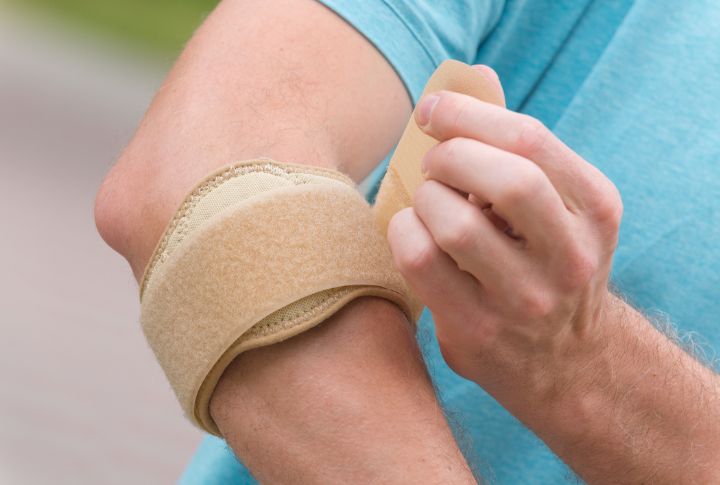
Avoid injuries by using proper equipment during physical activities and practicing good posture and body mechanics. If necessary, wear joint-supporting braces or devices, and give your joints time to rest and recover after periods of activity.
Get Regular Checkups

The early detection and treatment of arthritis can prevent further joint damage and help manage symptoms. See a reputable healthcare provider regularly for checkups and discuss any concerns or symptoms you may have.
